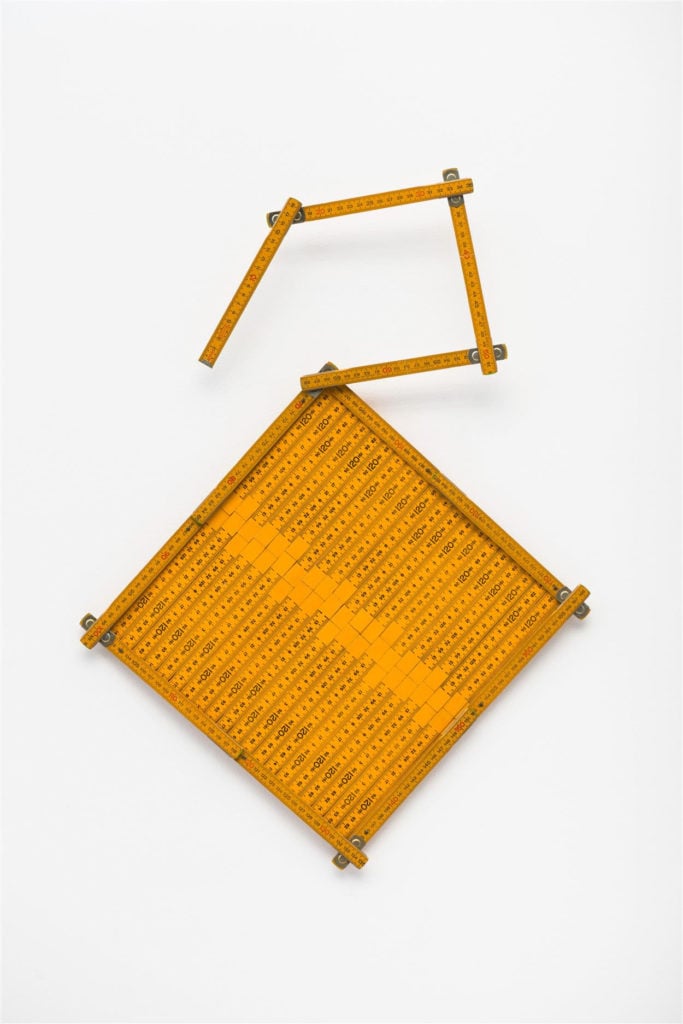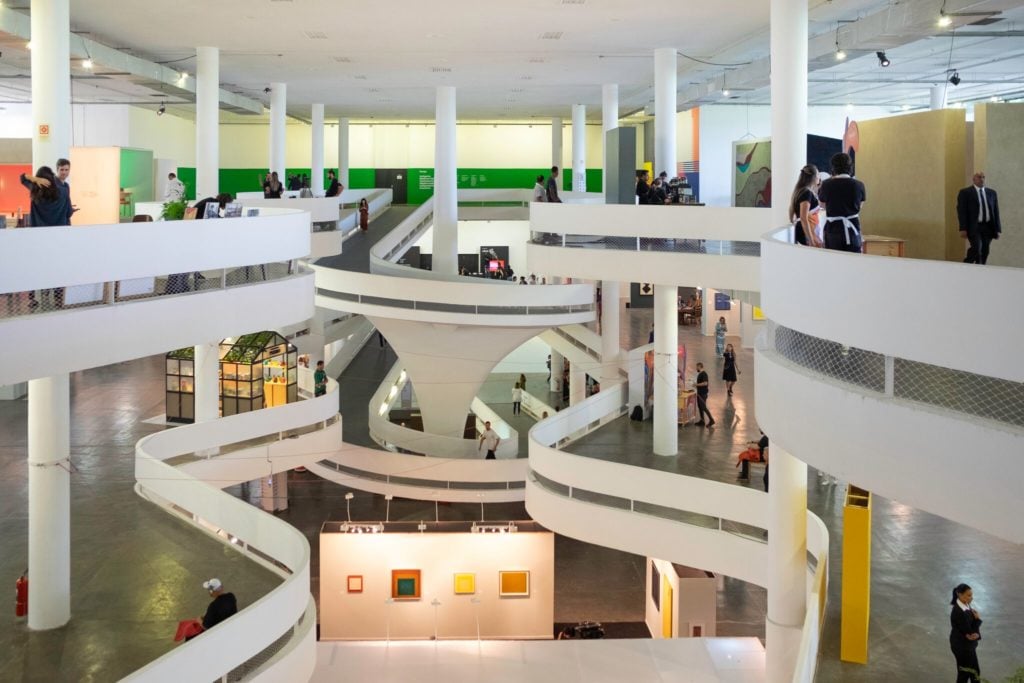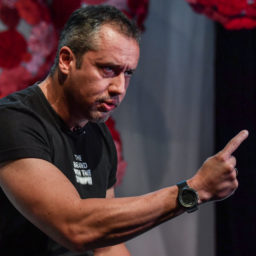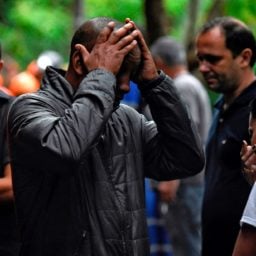Brazil’s premier art fair, SP Arte, opened for its 15th edition on Wednesday against the backdrop of a recently elected populist right-wing government that has introduced a string of anti-cultural measures, including the dissolution of the culture ministry and funding cuts that critics say contributed to the fire that destroyed the country’s National History Museum in Rio de Janeiro.
The turmoil has kept some dealers away. Although the fair still attracted 164 exhibitors, including 120 art galleries and 45 design dealers, there was a noticeable drop in the number of international exhibitors compared with last year: only 24 galleries made the trip from abroad, 10 fewer than in 2018. The event’s founding director, Fernanda Feitosa, admitted that troublesome headlines about threats against artists and galleries from far-right activists may have discouraged foreign galleries from attending. “It might be the outside perception of the decline of the Brazil as a country and government,” she said.
Dealer Maria Montero of the São Paulo-based Sé Galeria put an even sharper spin on it. “We’re in the worst possible situation,” she said. “But we have to stay and fight and resist.”
Foreign dealers have other concerns. New York gallerist Alexander Gray, who decided to return to the fair, told artnet News that pricey shipping and high import duties make SP Arte quite expensive for foreign participants. But in a country accustomed to political instability, visitors still came out in droves, with fair organizers saying that 3,000 more attendees came to this year’s opening day than in 2018.

Galeria Luisa Strina reported selling this work by Cildo Meireles, titled Metros II – 6A (1977–93), to a private collector at SP Arte, but it declined to cite the price. Courtesy Galeria Luisa.
They may have been drawn by the temporary tax cut that fair organizers negotiated with the government. Instead of the usual 45 percent sales tax rate, the figured was slashed to 16 percent for the week of the event, giving collectors an opportunity to get more bang for their buck. “I’ve noticed that people are closing faster than last year,” Mendes Wood DM director Martin Aguilera said on opening night. “Maybe deregulation is good for the art market.”
That sentiment was echoed by Nathalie Felsberg, marketing director at Nara Roesler. She told artnet News that the gallery placed a number of works by Brazilian artists including Laura Vinci, Abraham Palatnik, and Artur Lescher in local institutions and private collections. “Brazilian collectors like to be seen to be active in the market and in their support for institutions,” she said.
Yet across the board, despite reported sales—Galeria Luisa Strina said it sold a sculpture by Anna Maria Maiolino, a wall relief by Cildo Meireles, and two paintings by Carlos Garaicoa, while Galeria Jaqueline Martins said it placed videos by Letícia Parente and Regina Vater with private collectors—dealers declined to disclose prices, leaving room for skepticism about claims that business was going on as usual in Brazil.
What’s more, collectors from outside Latin America were restricted to a handful of North Americans and Europeans. So where were the other buyers? In an art world where perception is everything, perhaps they chose the safer bet of making trips to Art Basel Hong Kong or miart in Milan.










